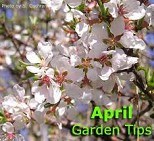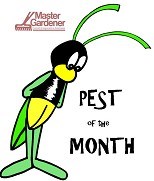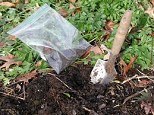Stump Culture photo from Canadian Xmas Tree Assoc (click for website)
Many gardening and horticulture pursuits are on pause for the dormant season this winter, but many homeowners affect their surrounding landscapes with a traditional purchase for inside the home: the Christmas tree. Approximately 25 to 30 million trees are sold each year in the United States, according to the National Christmas Tree Association. Consumer demand for trees makes for a large impact, with over 350, 000 US acres currently in Christmas tree production.
Christmas tree farming has a mixed environmental impact. The trees, which take anywhere from 4 to 20 years to mature, provide wildlife habitat and hold soil and water as compared to annual field crops. Some farms have to use pesticides to deal with pest problems and have to mow frequently to keep grasses down. (see NC State Extension for more information on environmental impacts). And at the end a stands life-cycle, the ground has to be plowed and re-planted from imported seedlings.
Even still, purchasing a real tree is arguably much better for the environment when compared to the impact of purchasing a fake tree, not in terms of environment, but also in the economic benefits of supporting local tree farmers.
One environmentally-friendly method that has a growing interest among tree growers is called “stump culture”, where trees are cut in such a way that they can re-sprout and grow another tree. This cycle can be continued for many years. Here is video about Pieropan Christmas Tree Farm in Western Massachusetts, where trees planted over 50 years ago are still producing healthy trees from the same stump! (here is another video, if you want to hear a song about this process!)
Finally, what about our environmental impact when the holiday season comes to a close? There are several options to consider. One is to purchase a balled-in-burlap tree, which can then be planted in your backyard. If you have purchased a cut tree, you can check with you local cooperative extension office to find out where you can recycle your tree. Or, consider composting the tree yourself at home. You can cut up the tree into small pieces and integrate into your current compost pile. Happy Holidays!





